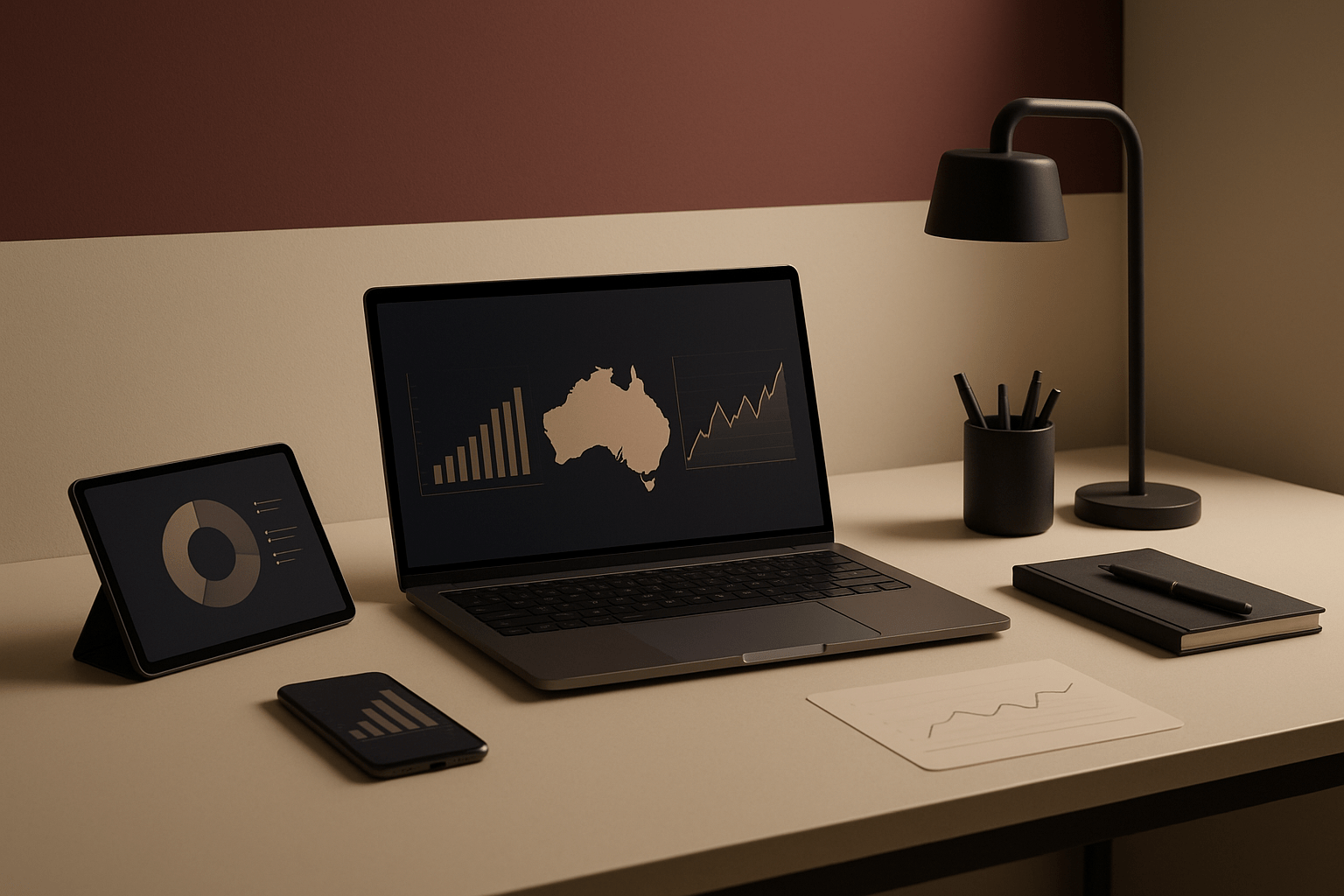Invest
How to pick a winner in the energy sector
An environmentally friendly alternative, strong infrastructure and lack of government infighting has led to New Zealand’s energy sector becoming a stable earner for savvy investors.
How to pick a winner in the energy sector
An environmentally friendly alternative, strong infrastructure and lack of government infighting has led to New Zealand’s energy sector becoming a stable earner for savvy investors.

With the onset of climate change and growth in renewables, there are new fundamental considerations for investors looking to put their money into energy.
Using the case study of the New Zealand market, investors can learn how to spot a winner in 2019 and beyond.
From an investment point of view, the New Zealand electricity industry is considered far more predictable than the Australian market, leading to less volatility in the market and strong returns for investors.
What are the benefits of the New Zealand market?

The New Zealand energy market is currently 80 per cent renewable, with that number set to rise, according to Chris Tan, Co-Fund Manager of the Pengana Australian Equities Income Fund.
Having a renewable source of energy has led the New Zealand being priced accordingly due to stability in the market.
“New Zealand is in the happy position of being mostly renewable through hydroelectric, which is about 60-70 per cent – with wind, gas and coal making up the rest,” said Mr Tan.
“They are great businesses because they have this portfolio of basically irreplaceable and irreplicable dams and power stations,” Mr Tan continued.
Following suit
Despite large-scale schemes such as the Snow Hydro Electric Scheme, Mr Tan does not believe Australia can follow this more modern generation.
“Australia doesn’t have the ability to generate 60 per cent of its electricity from hydroelectricity as it simply does not have enough water,” said Mr Tan.
Mr Tan also believes it would require huge investment in order for Australia to go down the renewable path through solar or wind.
“One of the issues with most, although less so with hydro, it is intermittent in nature, it’s there when the sun shines or the wind blows,” said Mr Tan.
The other side, the transmission grids have been designed and built for more steady base load generators like coal.
“So there needs to be a big investment into the grid for this intermittent power where sometimes the power is coming from the solar plant or wind farm or not, and with rooftop solar that is sending power back into the grid, not the other way round,” said Mr Tan.
About the author

About the author


Stock market
6K Additive secures A$48 million through initial public offering on the Australian Stock Exchange
6K Additive, a prominent player in the advanced metal powders and alloy additions market, has made a significant stride by successfully completing its Initial Public Offering (IPO) on the Australian ...Read more

Stock market
Institutional investors increase stock allocations to 18-year high amid cautious market shifts
In a recent development, State Street Markets unveiled the findings of its latest State Street Institutional Investor Indicators, revealing intriguing shifts in institutional investor behaviourRead more

Stock market
FOREX.com launches in Australia to empower self-directed traders
StoneX Group Inc. (NASDAQ: SNEX) has announced the Australian launch of FOREX.com, expanding access for self-directed traders to a global suite of Contracts for Difference (CFD) products across ...Read more

Stock market
Westpac and CMC Markets strengthen partnership to enhance online trading services
In a significant move that underscores the evolving landscape of online trading in Australia, CMC Markets Stockbroking has been chosen as the preferred vendor by Westpac Banking Corporation to extend ...Read more

Stock market
Portfolio reviews as an operating discipline: turning volatility into a competitive edge
In a higher-rate, higher-volatility world, portfolio reviews are no longer an annual hygiene task; they’re a core operating rhythm that protects cash flow, unlocks tax alpha, and sharpens risk ...Read more

Stock market
Fee war on the ASX: Global X’s A300 turns up the heat on core Aussie equity ETFs
Global X has lobbed a 0.04% management fee into Australia’s core equity sandbox, launching the Australia 300 ETF (A300) to take on entrenched giants. Read more

Stock market
Challenger IM shakes up the ASX with private credit note and a side of risk
Challenger Investment Management has taken private credit mainstream with an ASX-listed note structure—LiFTs—that secured roughly $100 million in cornerstone commitments within a day of launch. Read more

Stock market
International stocks: Diversifying your portfolio beyond Australia
In an increasingly globalized market, Australian investors have the opportunity to enhance their investment portfolio by incorporating international stocks. Diversifying your investments globally can ...Read more

Stock market
6K Additive secures A$48 million through initial public offering on the Australian Stock Exchange
6K Additive, a prominent player in the advanced metal powders and alloy additions market, has made a significant stride by successfully completing its Initial Public Offering (IPO) on the Australian ...Read more

Stock market
Institutional investors increase stock allocations to 18-year high amid cautious market shifts
In a recent development, State Street Markets unveiled the findings of its latest State Street Institutional Investor Indicators, revealing intriguing shifts in institutional investor behaviourRead more

Stock market
FOREX.com launches in Australia to empower self-directed traders
StoneX Group Inc. (NASDAQ: SNEX) has announced the Australian launch of FOREX.com, expanding access for self-directed traders to a global suite of Contracts for Difference (CFD) products across ...Read more

Stock market
Westpac and CMC Markets strengthen partnership to enhance online trading services
In a significant move that underscores the evolving landscape of online trading in Australia, CMC Markets Stockbroking has been chosen as the preferred vendor by Westpac Banking Corporation to extend ...Read more

Stock market
Portfolio reviews as an operating discipline: turning volatility into a competitive edge
In a higher-rate, higher-volatility world, portfolio reviews are no longer an annual hygiene task; they’re a core operating rhythm that protects cash flow, unlocks tax alpha, and sharpens risk ...Read more

Stock market
Fee war on the ASX: Global X’s A300 turns up the heat on core Aussie equity ETFs
Global X has lobbed a 0.04% management fee into Australia’s core equity sandbox, launching the Australia 300 ETF (A300) to take on entrenched giants. Read more

Stock market
Challenger IM shakes up the ASX with private credit note and a side of risk
Challenger Investment Management has taken private credit mainstream with an ASX-listed note structure—LiFTs—that secured roughly $100 million in cornerstone commitments within a day of launch. Read more

Stock market
International stocks: Diversifying your portfolio beyond Australia
In an increasingly globalized market, Australian investors have the opportunity to enhance their investment portfolio by incorporating international stocks. Diversifying your investments globally can ...Read more








